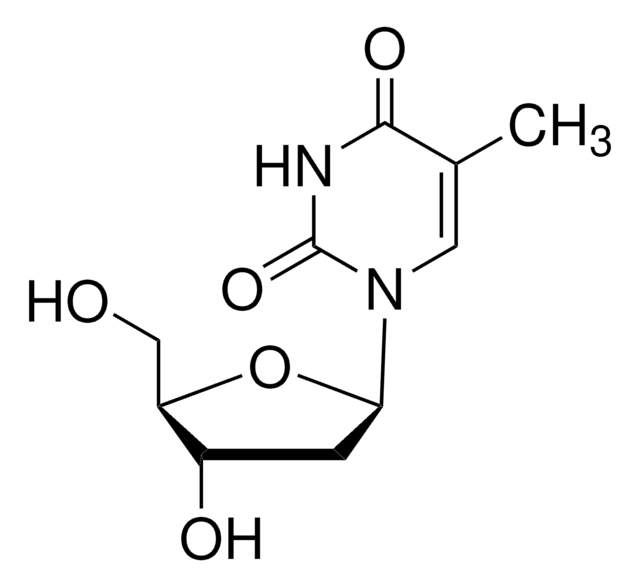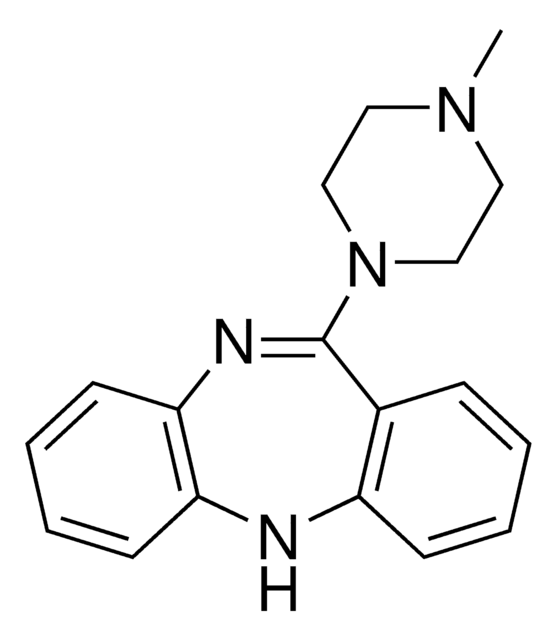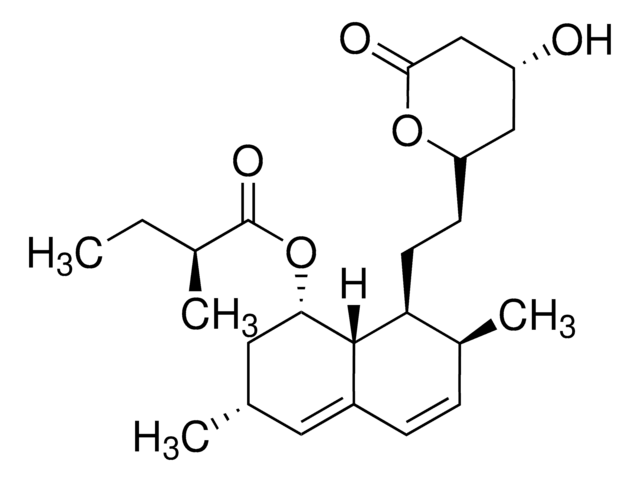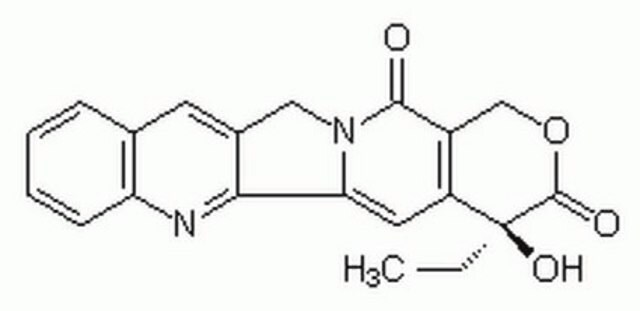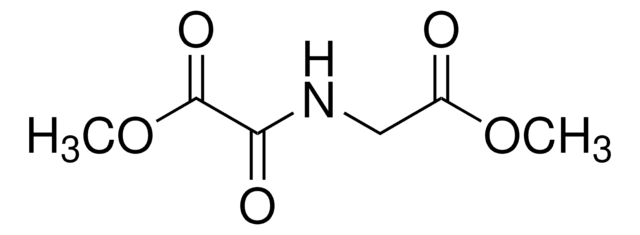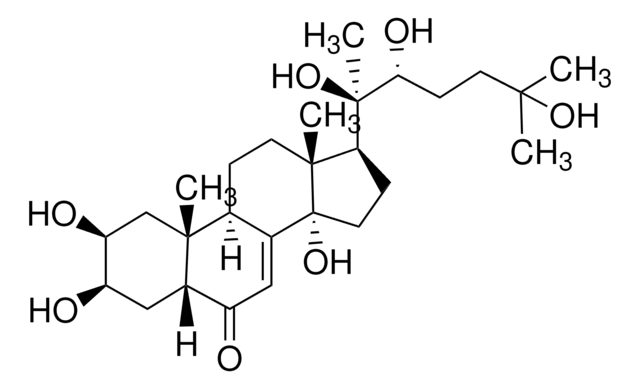Wichtige Dokumente
M0253
L-Mimosin aus Koa hoale seeds
≥98%
Synonym(e):
(S)-α-Amino-β-[1-(3-hydroxy-4-oxopyridine)]propionic acid, Leucenol
About This Item
Empfohlene Produkte
Assay
≥98%
SMILES String
N[C@@H](CN1C=CC(=O)C(O)=C1)C(O)=O
InChI
1S/C8H10N2O4/c9-5(8(13)14)3-10-2-1-6(11)7(12)4-10/h1-2,4-5,12H,3,9H2,(H,13,14)/t5-/m0/s1
InChIKey
WZNJWVWKTVETCG-YFKPBYRVSA-N
Allgemeine Beschreibung
Anwendung
Biochem./physiol. Wirkung
Signalwort
Warning
H-Sätze
Gefahreneinstufungen
Acute Tox. 4 Oral
Lagerklassenschlüssel
11 - Combustible Solids
WGK
WGK 3
Flammpunkt (°F)
Not applicable
Flammpunkt (°C)
Not applicable
Persönliche Schutzausrüstung
dust mask type N95 (US), Eyeshields, Gloves
Hier finden Sie alle aktuellen Versionen:
Besitzen Sie dieses Produkt bereits?
In der Dokumentenbibliothek finden Sie die Dokumentation zu den Produkten, die Sie kürzlich erworben haben.
Kunden haben sich ebenfalls angesehen
Artikel
We present an article about how proliferating cells require the biosynthesis of structural components for biomass production and for genomic replication.
Unser Team von Wissenschaftlern verfügt über Erfahrung in allen Forschungsbereichen einschließlich Life Science, Materialwissenschaften, chemischer Synthese, Chromatographie, Analytik und vielen mehr..
Setzen Sie sich mit dem technischen Dienst in Verbindung.



